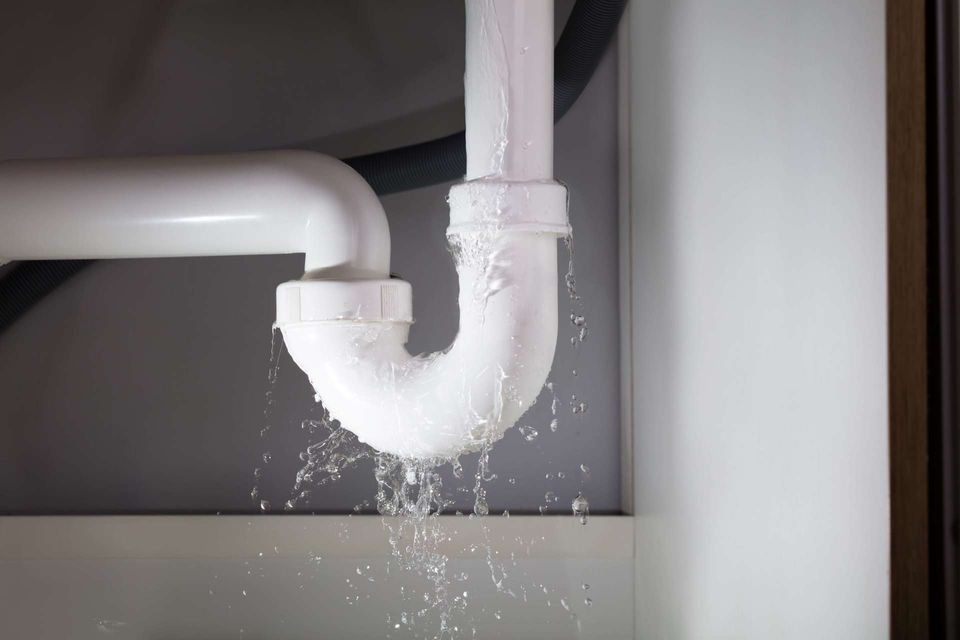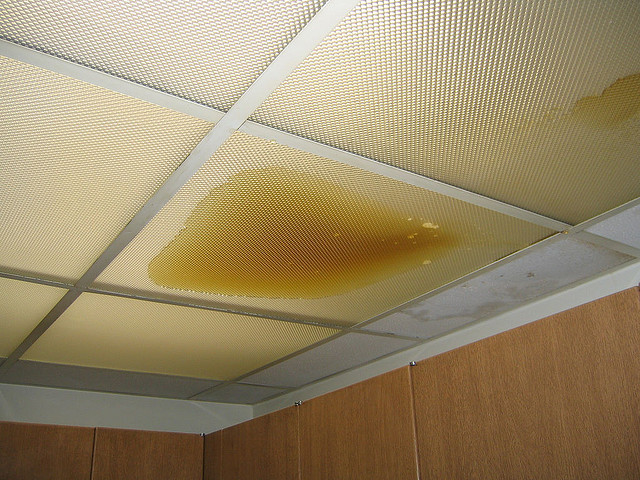Unveil Hidden Water Line Leaks: Six Effective Finding Methods
Unveil Hidden Water Line Leaks: Six Effective Finding Methods
Blog Article
In this article in the next paragraph yow will discover additional first-rate details concerning Top leak detection hacks.

Early detection of leaking water lines can alleviate a possible disaster. Some little water leakages might not be visible.
1. Analyze the Water Meter
Inspecting it is a surefire way that helps you discover leakages. If it relocates, that suggests a fast-moving leak. This means you may have a slow leak that can also be underground.
2. Check Water Consumption
If you detect abrupt modifications, despite your intake being the exact same, it means that you have leakages in your plumbing system. A sudden spike in your costs shows a fast-moving leak.
Meanwhile, a constant boost every month, despite having the same behaviors, shows you have a slow leakage that's likewise gradually intensifying. Call a plumber to extensively examine your property, especially if you feel a cozy area on your flooring with piping underneath.
3. Do a Food Coloring Examination
When it comes to water usage, 30% comes from commodes. If the color somehow infiltrates your dish during that time without flushing, there's a leakage in between the tank as well as dish.
4. Asses Outside Lines
Don't fail to remember to examine your outdoor water lines also. Test spigots by connecting a yard tube. Should water leak out of the connection, you have a loose rubber gasket. Replace this as well as make certain all connections are tight. If you've got an automatic sprinkler, it will certainly help get it skillfully checked out and maintained yearly. One small leak can lose lots of water as well as surge your water costs.
5. Inspect and also Assess the Scenario
Home owners need to make it a routine to inspect under the sink counters as well as even inside cabinets for any bad odor or mold development. These 2 red flags indicate a leak so punctual focus is needed. Doing routine assessments, also bi-annually, can save you from a major trouble.
A lot more significantly, if you know your home is currently old, maintain a watchful eye on your heating units, hose pipes, pipes and so on. Check for stainings as well as weakening as the majority of pipelines and devices have a life span. They will also normally weaken as a result of tear and wear. Do not wait for it to escalate if you believe leaking water lines in your plumbing system. Call a specialist plumber today so you don't wind up with a horrible mess in your home.
Early detection of dripping water lines can reduce a prospective catastrophe. Some tiny water leaks might not be visible. Checking it is a surefire method that assists you uncover leaks. One little leak can throw away loads of water and spike your water costs.
If you suspect dripping water lines in your plumbing system, do not wait for it to escalate.
How to Know If Your Home Has a Hidden Leak
Water Meter Reveals Inexplicable Water Usage
If you’d like to test whether or not there’s a leak somewhere in your home, you can do this using your water meter. Here is how to conduct the test:
Don’t use any water in your home for at least 30 minutes; this also means not turning on faucets or water-using appliances.
Go outside, and check your water meter for activity.
If your water meter shows that there was activity, even though no one was using any water, this proves that there is a leak in your home.Visible Mold or Mildew Growth
Leaks behind walls create moist, dark environments that allow mold and mildew to grow and thrive. Eventually, you might see mold growth forming on the wall closest to a hidden leak.
If mold is growing in an area that receives a high amount of moisture, such as a bathroom, it may simply be an indication that better ventilation is needed. However, if you see mold growth on a wall or the ceiling in an area where you would not expect, you probably have a hidden leak.
Musty, Mildew Odor
Sometimes you might not be able to see the mold or mildew that is growing as a result of a leak. However, the smell can give the problem away just as easily. If you catch a whiff of something musty, there’s a good chance that old water is collecting somewhere in your home that you can’t see.
Stained/Warped Walls, Ceilings, or Floors
When your home soaks up water, a variety of red flags can become visible, including ceiling stains, bubbling drywall, warped walls, and sagging floors. While these issues can be caused by excess humidity, they can also be signs that a pipe or plumbing connection has started leaking behind your walls.
Inexplicably High Water Bill
After a while, you get a general sense for what your water bill should be. If you own a pool or sprinkler system, your bill will tend to be higher during summer. However, if you receive a water bill that seems especially high, and you can’t figure out what caused it, then you may have a hidden leak somewhere that’s increasing your bill.
https://www.plumbingjoint.com/blog/2019/july/how-to-know-if-your-home-has-a-hidden-leak/

We hope you liked our article on Detecting hidden plumbing leaks. Many thanks for taking a few minutes to read through our article. Liked our piece of writing? Please share it. Help others check it out. Thanks a bunch for your time. Visit us again soon.
Choose our certified emergency plumbers. Report this page